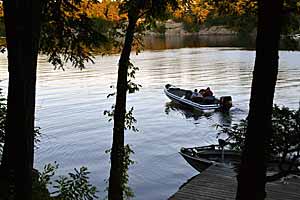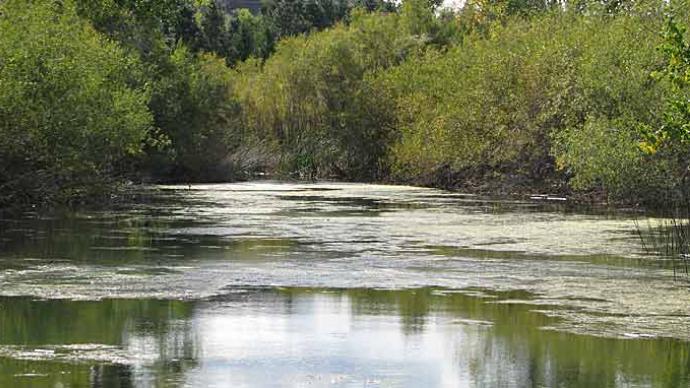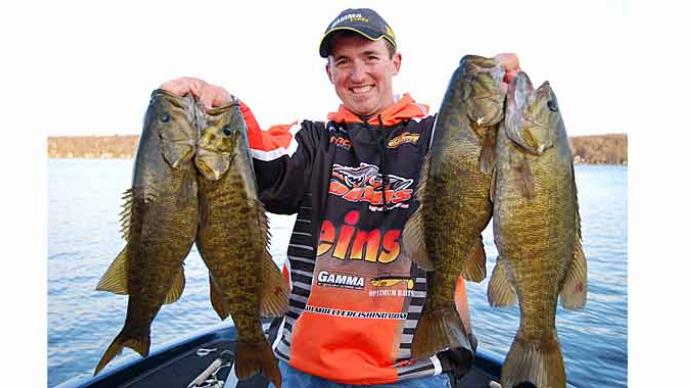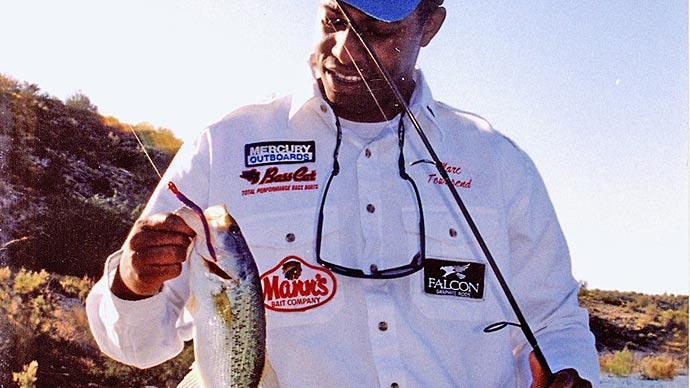
Our ability to locate fish is the most important factor in determining our success when it comes to catching fish. Skill level, equipment, technique, presentation, and more all take a back seat to where fish are located. Why? Because you cannot catch fish them where there are none.
In keeping with that philosophy, here is an insight to an overlooked factor when it comes to finding fish. More often than not, most anglers rarely consider fishing shaded areas. If you overlook fishing shaded portions of a lake you may end up eliminating the most productive places where to catch fish.
Why is the presence of shade so important? Bass are hunters. They either pursue prey, or wait in ambush. Shade, or what we often see as shadows, is used by most hunters to their advantage. They can see prey much easier than the prey can see them which is a huge advantage for the hunter.
Most knowledgeable anglers recognize the importance of shade around boat docks, laydowns and overhangs when it comes to fish positioning, often without conscious effort. If you make an effort to consider shade in other locations, you will more easily determine fish position under those circumstances.
Less obvious locations could include bluffs, drop-offs, or weed edges. Even less obvious would be the presence of some form of cover on a point, or other structure. The structure in itself could offer areas of shade, but the presence of cover will almost always offer some shade. That would be the spot on a spot on a spot that you sometimes hear about.
Here is a scenario to consider the next time you are on the water. It is early afternoon. You see a submerged weed bed that drops off into deeper water on the south end of the lake. It looks inviting to you and the fish, but you figure the fish will be buried deep in the weeds because the sun is beating down and there is not a cloud in the sky.
Before abandoning that weed bed for another spot, or attempting to fish within the weeds, consider the presence of shade. Of course there is shade within the weeds, but there are likely fish holding either just off the weed edge, or just inside the weeds looking out into the shade. What about the points or inside/outside turns of those weeds? Rarely is a weed edge straight for any distance and those irregularities offer small areas of shade that may hold active fish.
By taking that one factor into consideration you work the weedline picking off a fish here and there until you reach the end and find you’ve caught five fish in the hour it took you to do so. Not bad considering you're other options were to abandon the spot, or blindly work inside the bed, which could have produced fish, but would have resulted in much more work. You still have that option of fishing deep in the weed available to you. However, if you started there you could have wasted a lot of time.
And what about that drop off? Consider whether or not it is sharp enough to create a shadow. Is there any form of cover on it that could cast shadows?
Bluff walls and weed lines give off shadows during daylight hours. Some offer more shade than others at any given time. Of course shade isn’t the only consideration when approaching these situations. If the shadow of a dock has you pitching to it before the sunny side, why would you not consider other shadows the same way.
Savvy anglers know that fishing these shades areas are productive. They not only know that fish location is the key to catching fish consistently, they take into account as many factors as possible in attempting to determine it. Shade is an important factor to consider and should be on your list of factors when fishing.
About the author
Joe Cortesi has a passion for fishing and has been targeting bass for over 40 years. As a teacher, he has introduced toddlers to seniors to this great sport and nothing gives him greater pleasure than to share the experience of a student's first catch.



